
How Emeralds Form 3 Unique Ways! YouTube
On today's episode, geologist/gemologist Elizabeth digs deep into the origins of emeralds. Find out what makes Colombian emeralds natural wonders. Learn how.
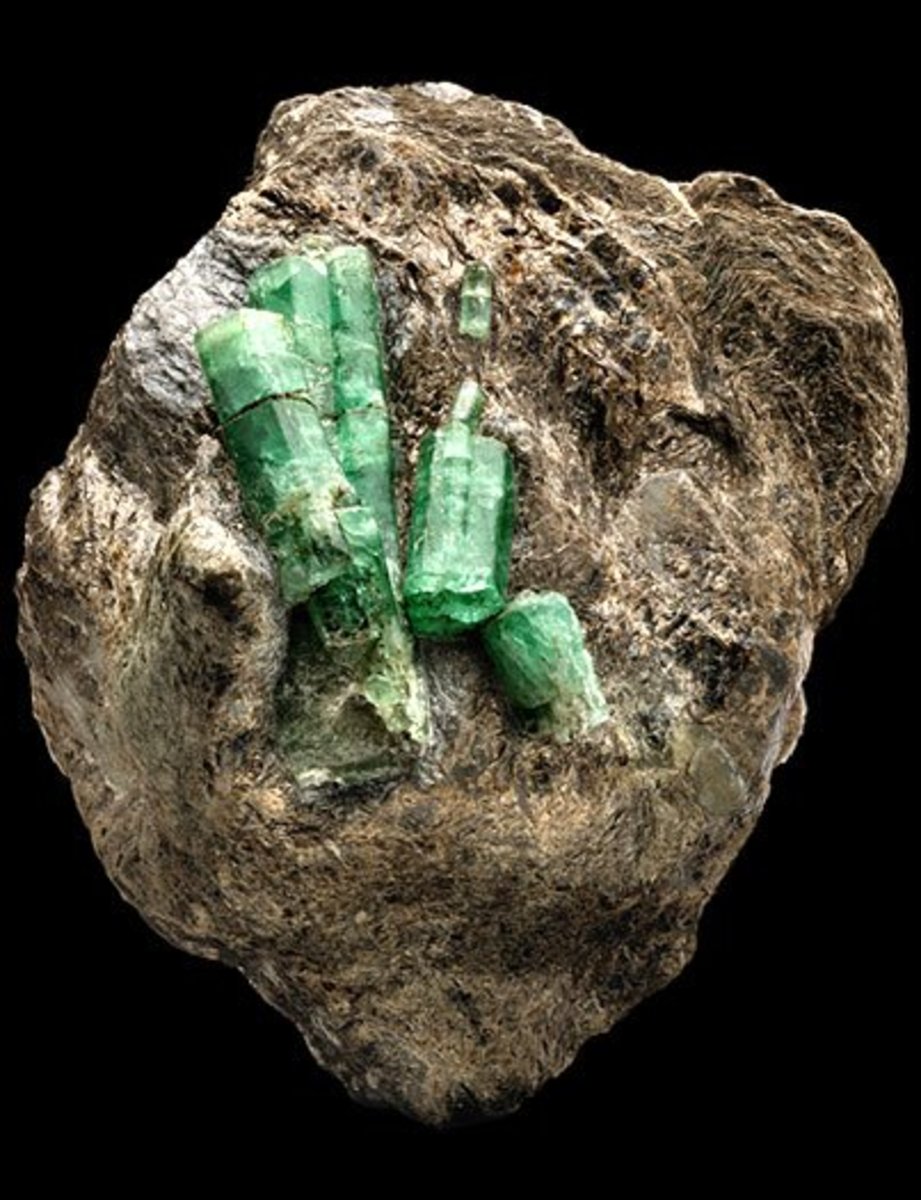
Emeralds Facts, History, and Legendary Gems Bellatory
An emerald can melt a snake's eyes! Well, that's what people used to believe. They also thought these gems would relax your eyes if you looked through them. Other beliefs: Emeralds stopped bleeding, cured fevers, and kept the wearer calm. They also supposedly held powers for predicting the future. Photograph by Visage/Stockbyte/Getty Images.

How Are Emeralds Formed? Sciencing
Emerald can also form in large crystaled granite and metamorphic rock. Emeralds rank at 7.5 to 8 on the Mohs scale meaning that they are softer than diamonds but harder than most other gemstones. Most emeralds have inclusions which are the distinguishing factor between a real and synthetic stone. Oftentimes the inclusions within an emerald are.
/10099954-56a5539a3df78cf77287a56a.jpg)
27 Interesting Emerald Facts Everything You Should Know
Does that make sense? Then you can understand that for a certain mineral to form, we need to have the right type of atom and the right structure. Emeralds need a type of atom which is called Beryllium and Beryllium is very rare. Only in few places can you get enough Beryllium together to make emeralds.

PPT How Emerald Gemstones Are Formed? PowerPoint Presentation, free download ID11827927
Admin - March 13, 2023 0 Emeralds are the green variety of the beryl group (Be 3 Al 2 Si 6 O 18) of minerals that also includes aquamarine, goshenite, heliodor, red beryl, and maxixe. Best known as the birthstone of May, the green of Emeralds also symbolizes royalty. Exploring Emerald Colors Pin this post to save this information for later.
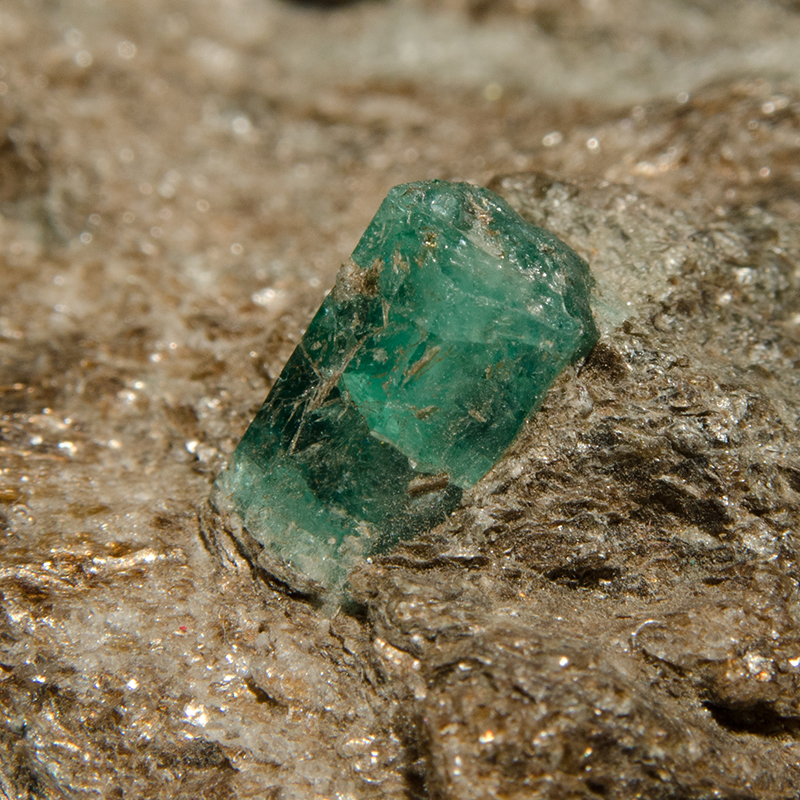
Emerald Geoscience Australia
What is Emerald? Emerald is a variety of the mineral beryl. Specifically, it's the green variety that gets its color from impurities of chromium, vanadium, or both. Beryl with poorly saturated green color is called "green beryl." Other varieties of beryl include aquamarine, morganite, heliodor, and the extremely rare red beryl. Beryl grows in hexagonal […]
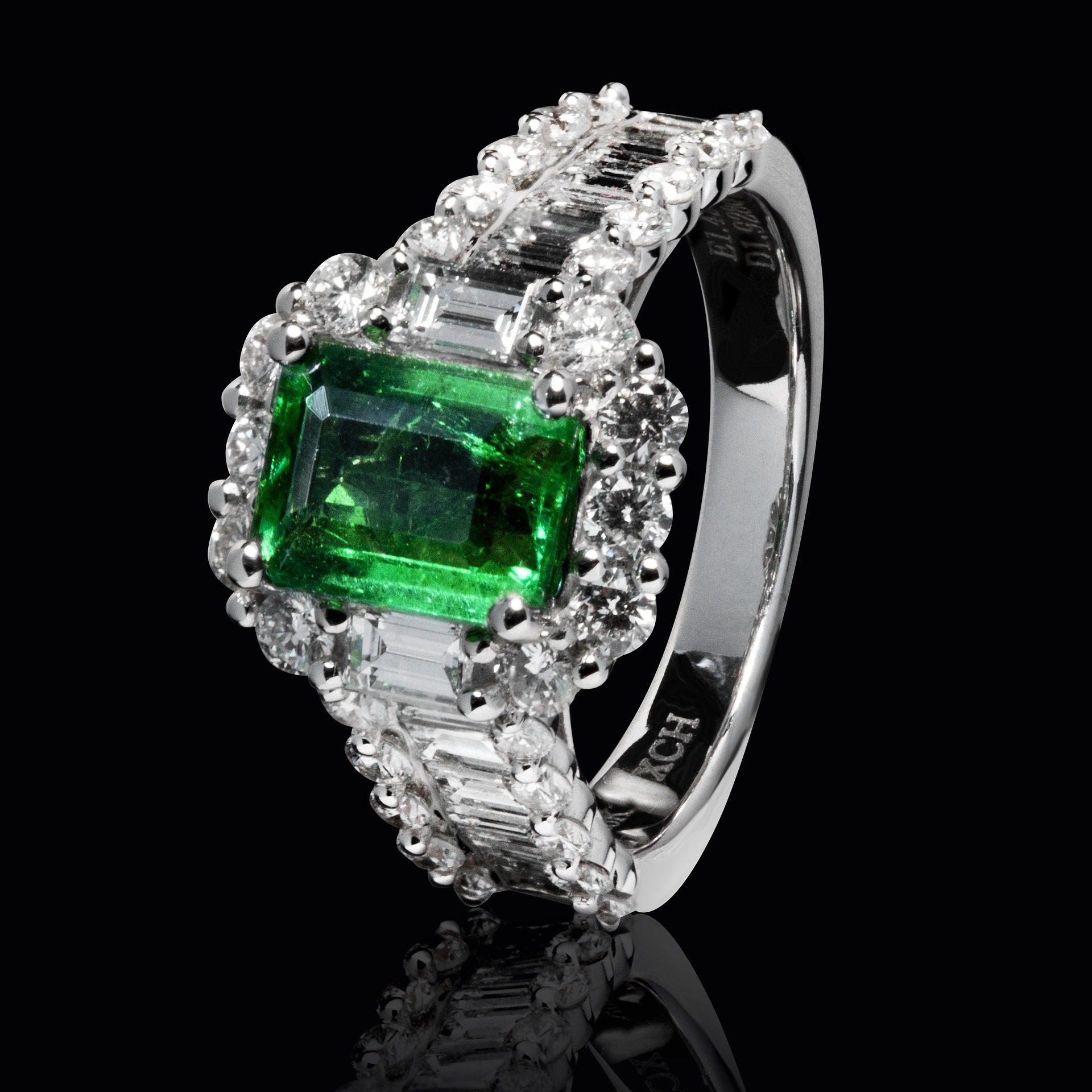
How Do Emeralds Form? International Gem Society
How Do Emeralds Form? These stunning gemstones originate from a mineral called beryl. Because beryl is rare, so too are emeralds! Mineral aside, emeralds require a very specific foundation to grow.

How Does a Trapiche Emerald Form? Geology In
Emerald's Green Color. Beryl, the mineral of which emerald is a variety, has a chemical composition of Be 3 Al 2 (SiO 3) 6.When pure, beryl is colorless and known as "goshenite." Trace amounts of chromium or vanadium in the mineral cause it to develop a green color. Trace amounts of iron will tint emerald a bluish green or a yellowish green color depending upon its oxidation state.

PPT How Emerald Gemstones Are Formed? PowerPoint Presentation, free download ID11827927
How Are Emeralds Formed Emeralds are formed through a complex process that involves both geological and chemical transformations. The formation process begins millions of years ago, deep within the Earth's crust. Emeralds are formed when chromium, vanadium, and beryllium combine under specific conditions. Shift In The Earth's Tectonic Plates

How to Understand the Quality of Raw, Uncut Emeralds The Natural Emerald Company The Natural
Geographic Origin Determination for Schist-Hosted Emeralds. Schist-hosted emerald deposits are the result of magmatic processes, including pegmatitic events. Emeralds formed in these deposits through interaction of pegmatites or other magmatic bodies with mafic, ultramafic, and/or metamorphic country rocks.
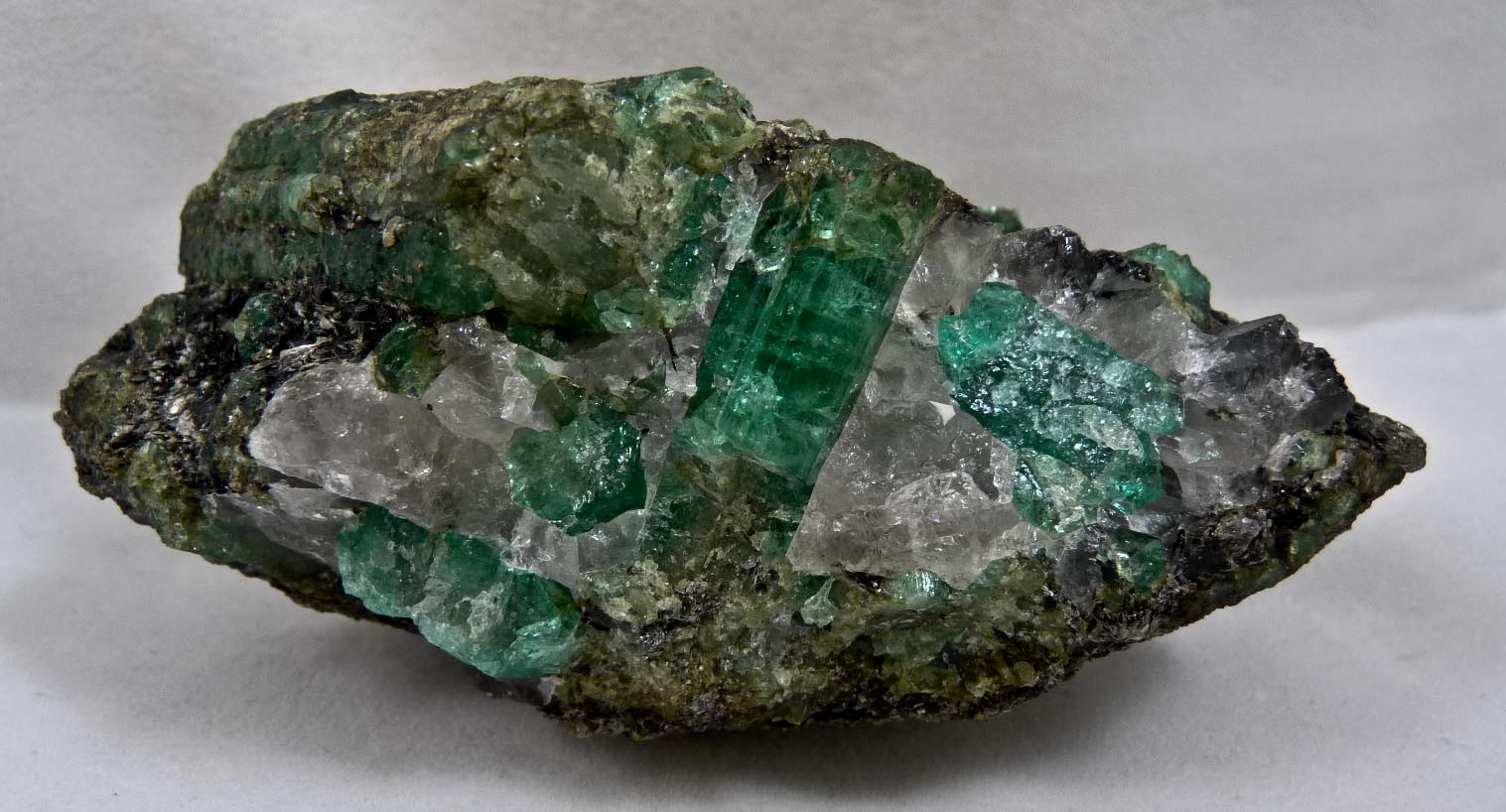
Basic Information About Emeralds What is Emerald?
626 Words, 3 Minutes of reading How do emeralds form? Learn how the emerald growth process works and why it makes these gems rare, green, and very fragile. Topics covered include: What is Emerald? Why are Emeralds so Rare? How Long Does it Take to Form Emeralds? How Do Emeralds Form Inclusions? Become a member

How Emeralds Are Formed?
Natural Formation Natural emeralds form in either pegmatite deposits or hydrothermal veins in metamorphic environments. In a hydrothermal vein, hydrothermal fluids have escaped from magma deeper in the Earth's crust.
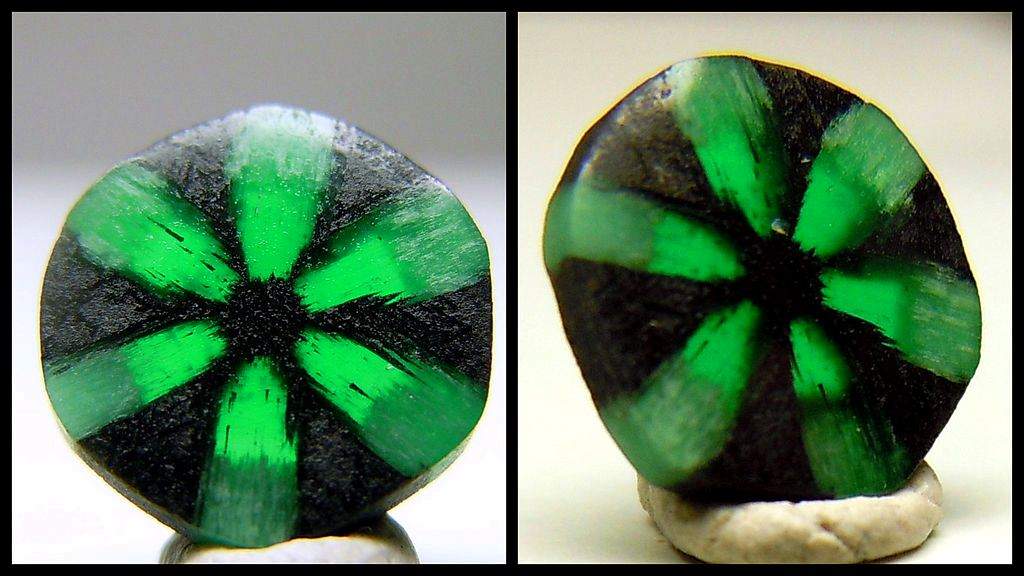
How Does a Trapiche Emerald Form? Geology In
Emerald is a gemstone and a variety of the mineral beryl (Be 3 Al 2 (SiO 3) 6). The relative non-uniformity motivates the cutting of emeralds in cabochon form, rather than faceted shapes. Faceted emeralds are most commonly given an oval cut, or the signature emerald cut, a rectangular cut with facets around the top edge..
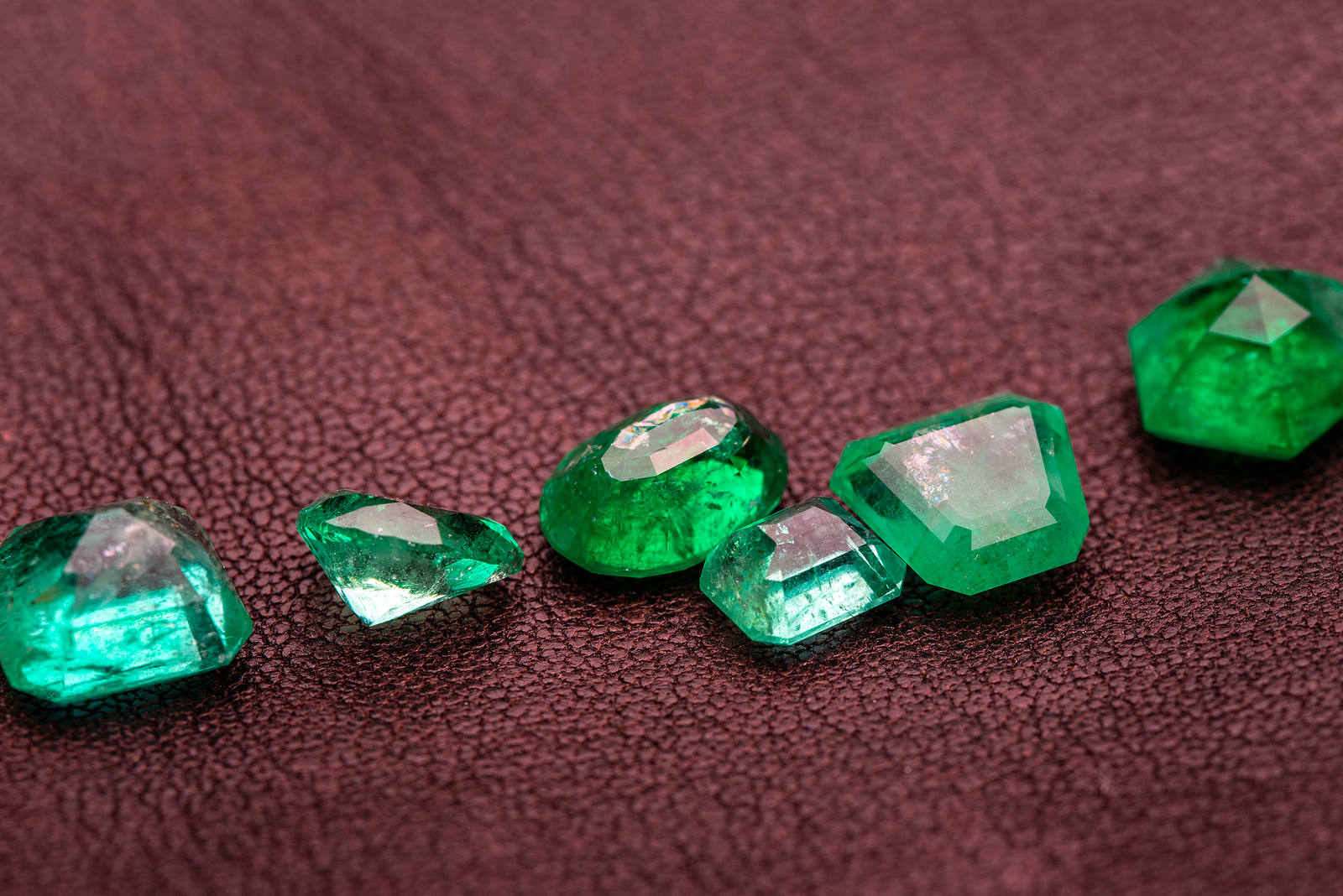
How Emeralds are Formed In Nature Southwest Originals Custom Fine Jewelry
How Emeralds are Formed Beryl is the Mineral that Makes Emeralds Be 3 Al 2 Si 6 O 18; Beryllium Aluminum Silicate > Beryllium is another rare and very hard mineral that forms in several different ways: 1) Some beryl deposits have been found in rocks of intrusive, igneous origins, such as cavities within granite and pegmatite.

How Emeralds Are Formed?
The emerald formation is "hydrothermal" means it needs water and heat to form. Formation-of-Emerald-Gemstones Emerald crystals form in hydrothermal veins under the condition of presence of the necessary elements like beryllium. These hydrothermal veins occur whenever the hydrothermal fluids escape from magma deep in the Earth's crust.

Emerald Chemistry and Geology A Guide to Beryl Crystals
Hang a string in the sugar solution for the crystals to grow on. (Put a weight at the bottom of the string to keep it straight). Although the process itself isn't fast enough to observe unaided, you will see changes in the crystals every few minutes. By the time the solution reaches room temperature, sugar crystals will cover the string.